When it comes to your home’s siding, Central Texas weather doesn’t play around. From hailstorms to scorching sun, Austin homeowners know that siding isn’t just about appearance—it’s a crucial layer of protection.
At JP Exteriors, we specialize in siding solutions built for our climate, and we’re proud to be among the top James Hardie contractors in the nation—winners of the Hardie President’s Award and the exclusive Service Excellence Award, given to only 15 contractors nationwide.
So how do you know whether to repair your siding or replace it entirely? Here’s your quick and practical guide.
Why Austin Homeowners Fix Siding
- Hail damage
- Fading or discoloration
- Poor energy efficiency
- Curb appeal upgrades
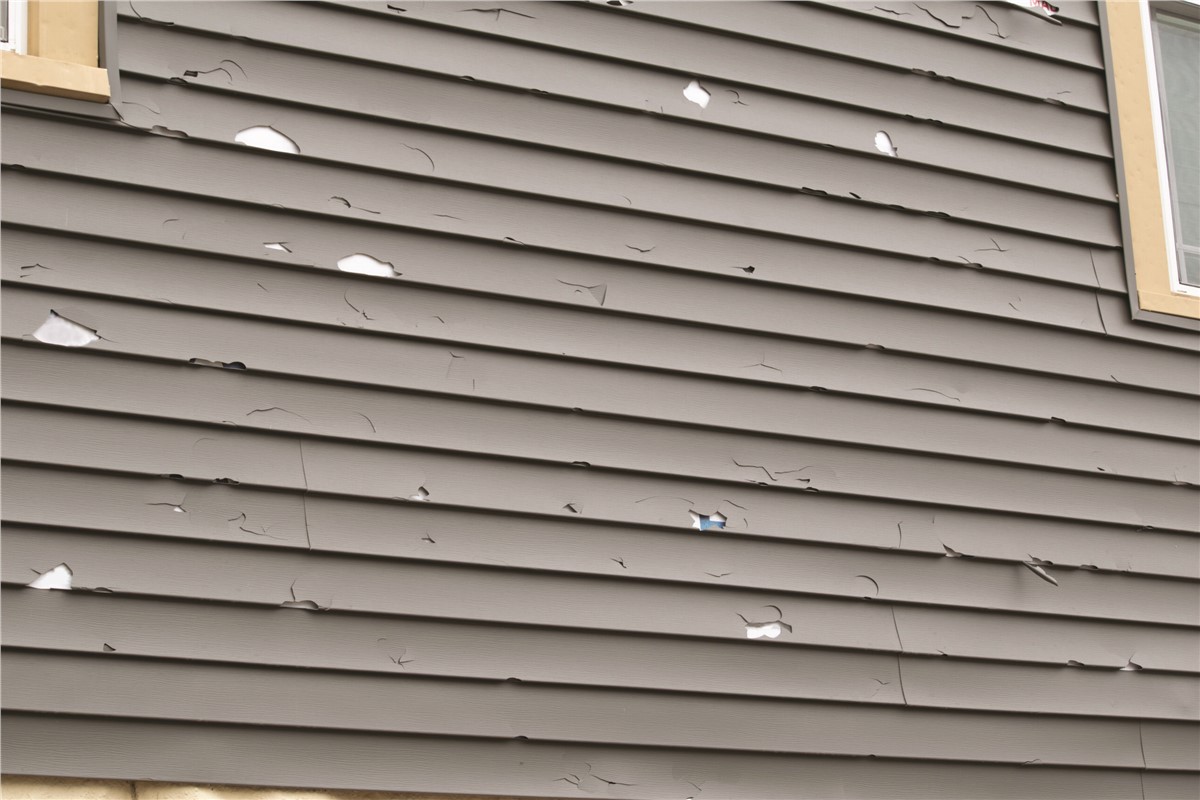
These issues can affect more than your home’s appearance—they may also lead to water intrusion, higher energy bills, and reduced property value.
When to Repair Your Siding
Small cracks or chips
Minor hail damage (less than 10–15% of your home’s exterior)
- Relatively new siding with isolated problem areas
In these cases, a targeted repair may be all you need—especially if your siding is still under warranty.
When to Replace Your Siding
- Major or widespread damage (more than 20–25%)
- Siding is over 15 years old
- You’re ready to upgrade to James Hardie for better performance and resale value
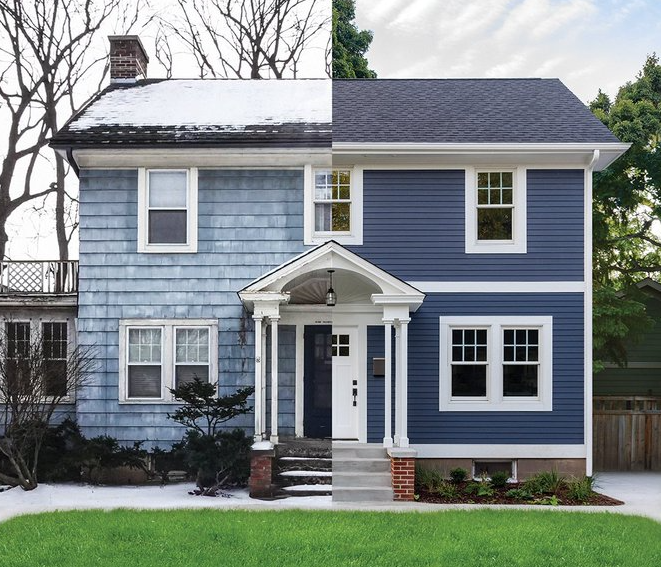
Replacement may feel like a big step, but it’s often the smarter long-term investment—especially with Hardie siding’s lifespan and warranty protection.
Cost Factors to Consider
Siding costs in Austin can vary based on several key factors:
Material type (James Hardie fiber cement vs. vinyl, wood, or engineered wood)
Labor costs and house size
Local market pricing and availability
🔗 For a deeper breakdown, check out our blog on Siding Replacement Costs in Central Texas
Why More Homeowners Are Choosing James Hardie
James Hardie fiber cement siding is engineered specifically for regions like Central Texas—and it shows.
Extremely durable and long-lasting
Low maintenance—no warping, rotting, or pests
Fire- and hail-resistant
Stands up to Texas heat and humidity
Boosts resale value and curb appeal
We install more Hardie siding than nearly anyone in the region—and we've been nationally recognized for doing it right.
James Hardie vs. Vinyl: The Real Comparison
Vinyl siding used to be the cheaper option—but with today’s material and labor costs, the price gap has narrowed significantly.
James Hardie: $10–$15 per sq. ft.
Vinyl: $8-$13 sq. ft. (depending on quality and labor)
- Verdict: Hardie offers better durability, safety, and ROI for just a bit more investment
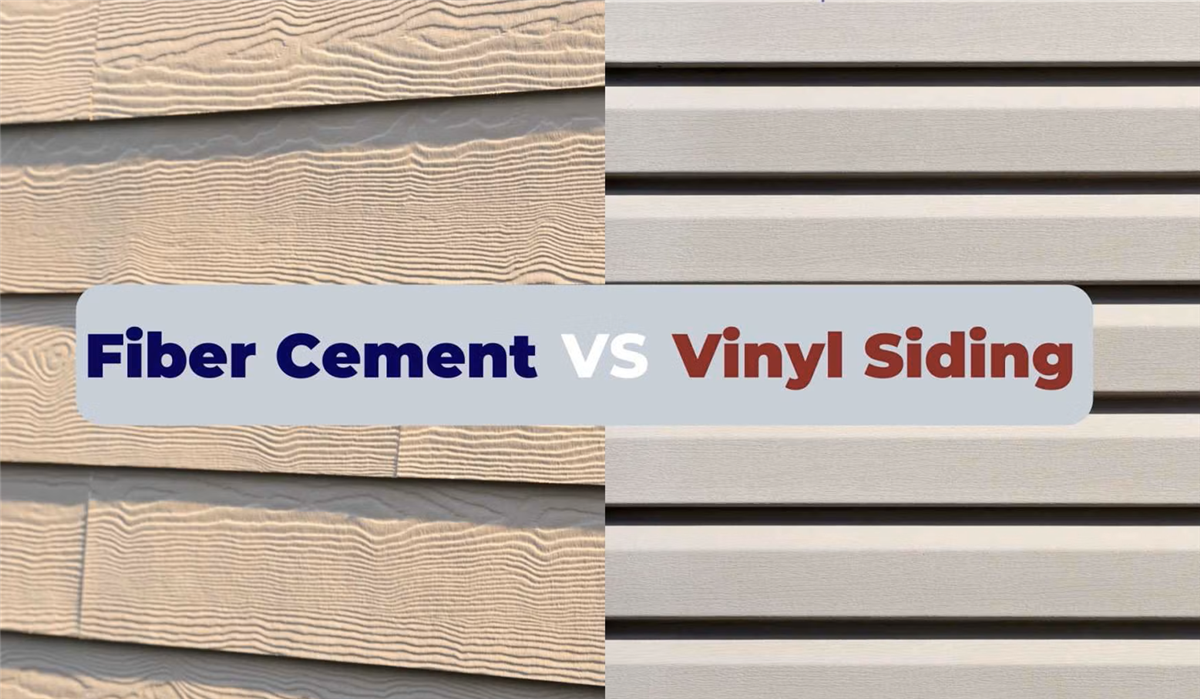
If you’re planning to stay in your home for a while—or you’re focused on long-term value—Hardie is almost always the better choice.
Siding Style & Size Options
James Hardie siding comes in various sizes and styles to match your home’s aesthetic:
8 ¼-inch lap: Standard look
12-inch panels: Sleek and modern
5-inch lap: Traditional (more labor = higher cost)
Other Materials (Quick Mention)
Engineered wood: Lower cost, decent look, less durable
Cedar: Beautiful, but high-maintenance in Austin’s climate
Hidden Costs to Plan For
A few things that can affect your siding project budget:
Removing and disposing of old siding
Repairing damaged sheathing or framing underneath
Upgrading insulation during the process
We always provide transparent estimates that account for these variables—no surprises.
Homeowner Tips
✅ Schedule a free siding inspection to evaluate your home’s condition
✅ Always compare multiple quotes and check contractor credentials
✅ Ask about product warranties and labor guarantees
Let’s Talk Siding
At JP Exteriors, we don’t just install James Hardie—we’re one of their most trusted partners nationwide. Whether you need a small repair or a complete upgrade, our team is here to help you make the right call for your home.
🔧 Schedule your free siding inspection today
Subscribe to JP Exteriors's Blog
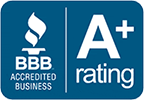

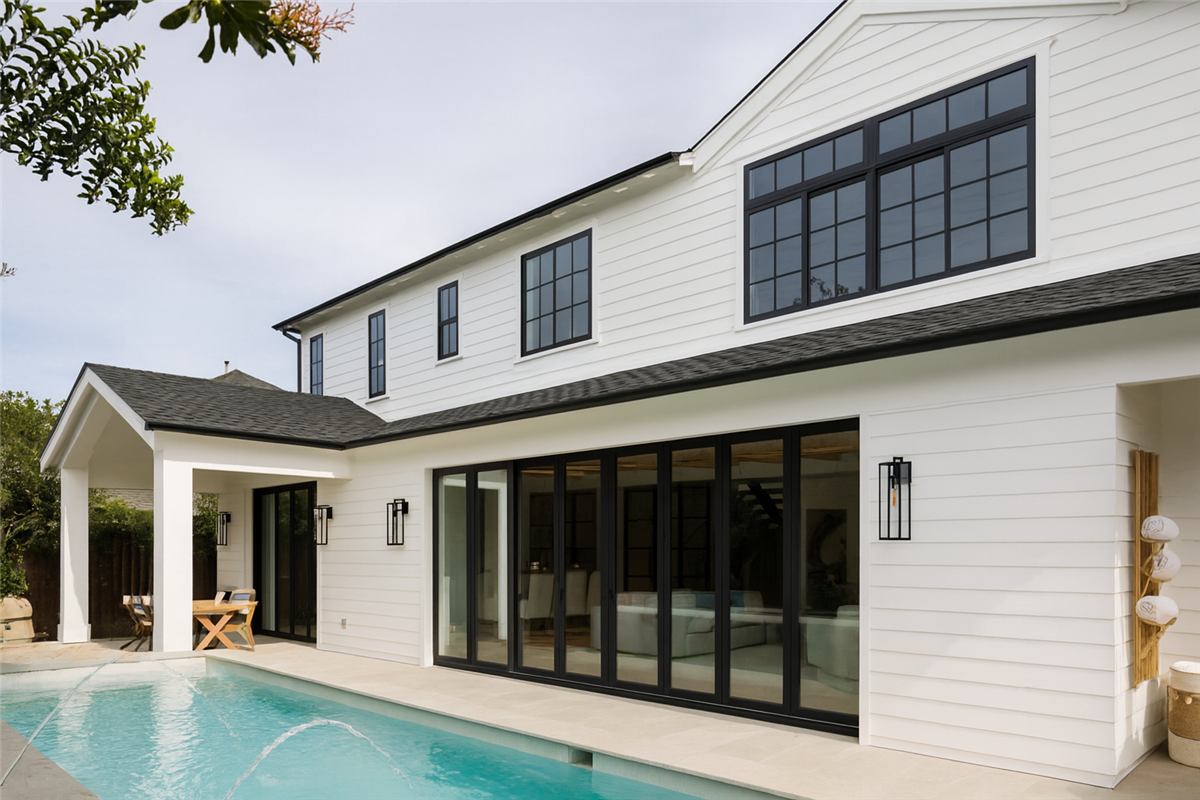
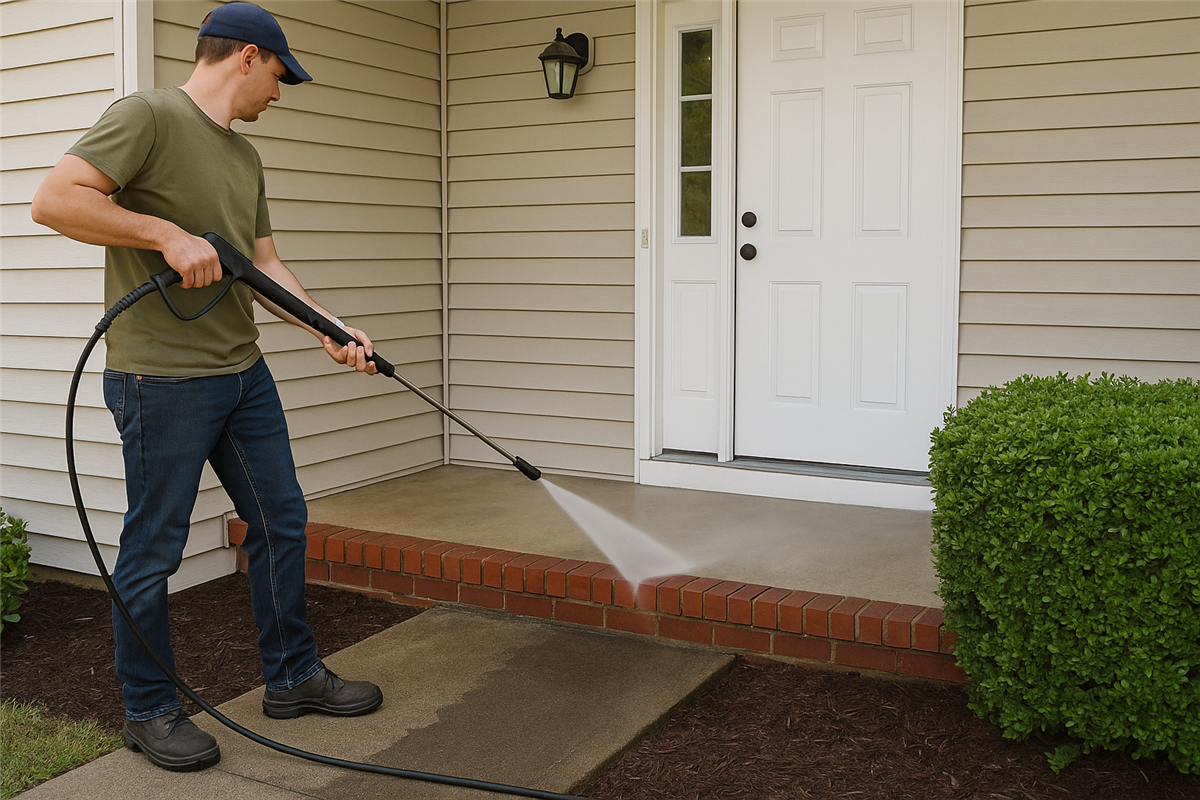
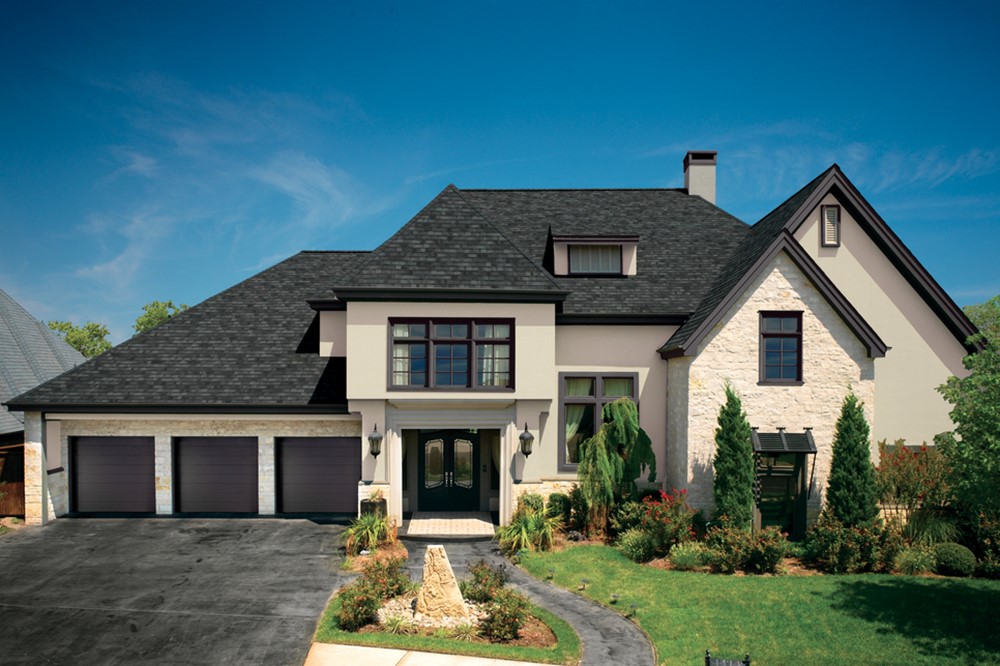
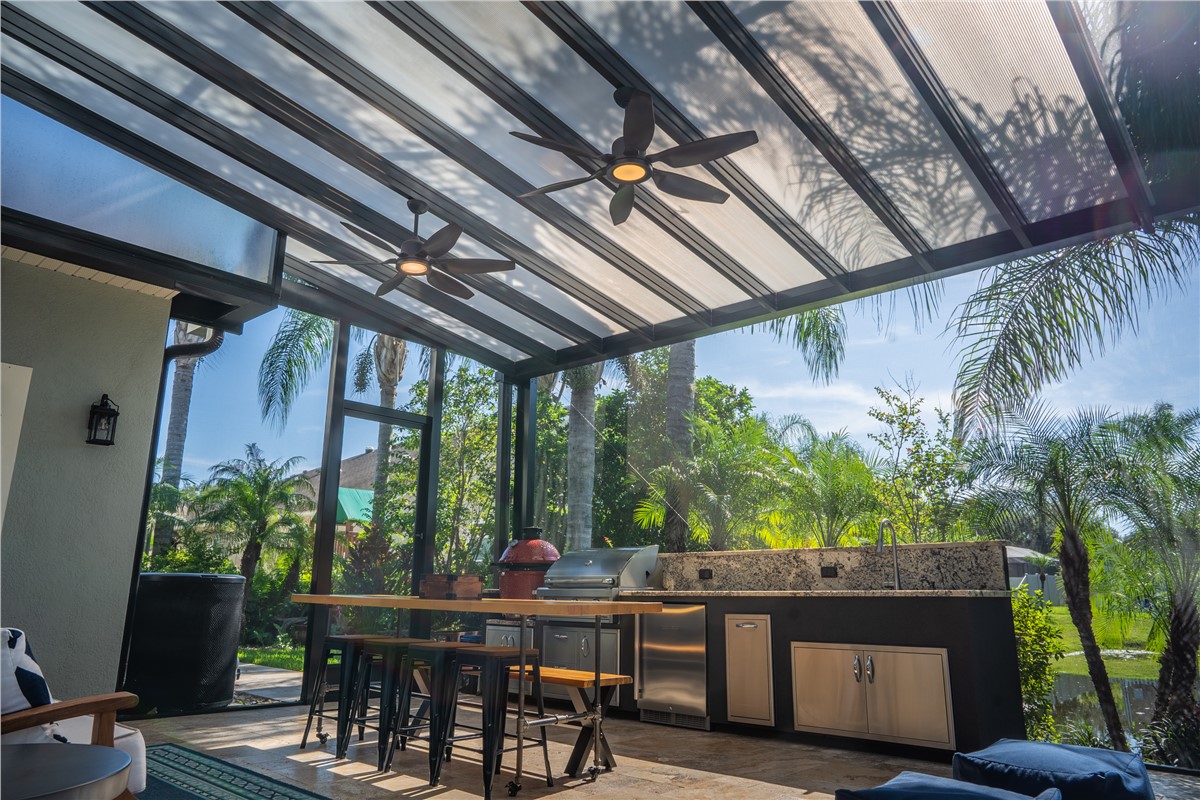
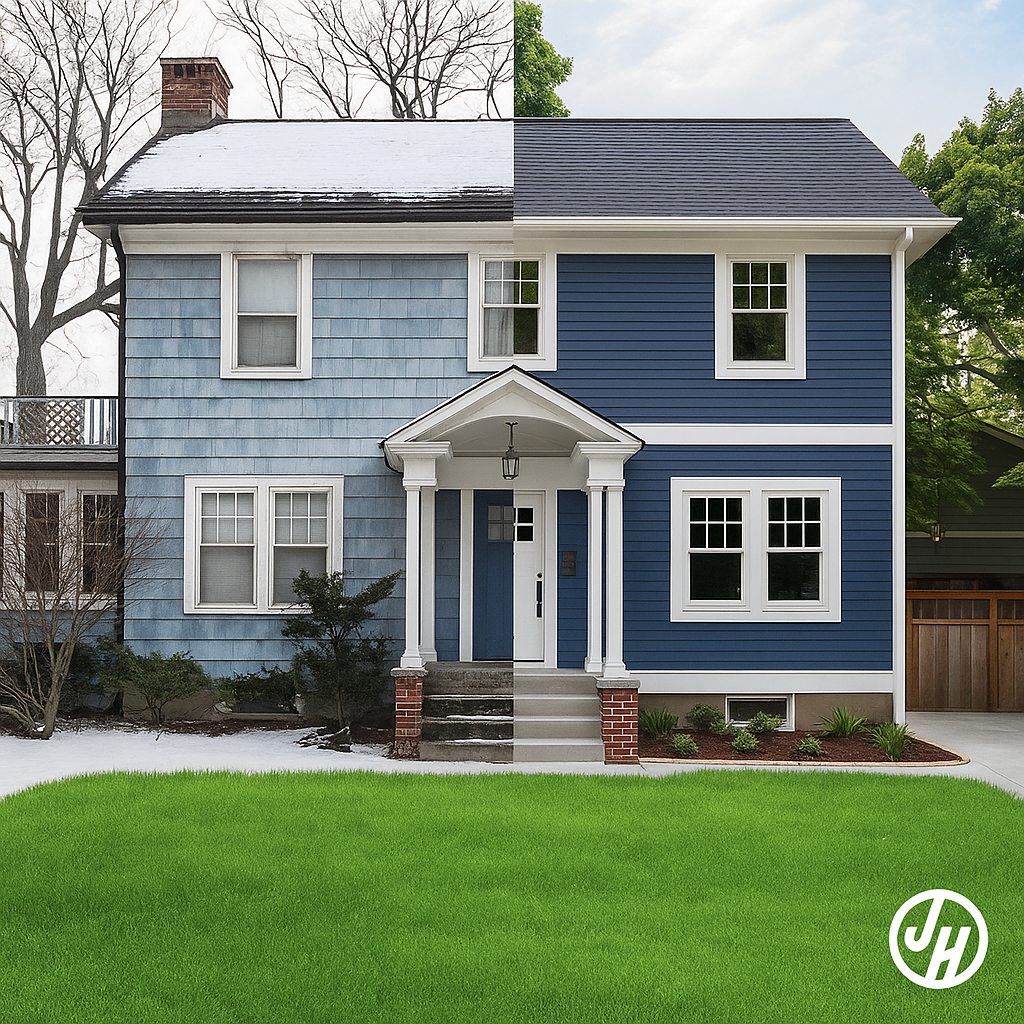

Comments